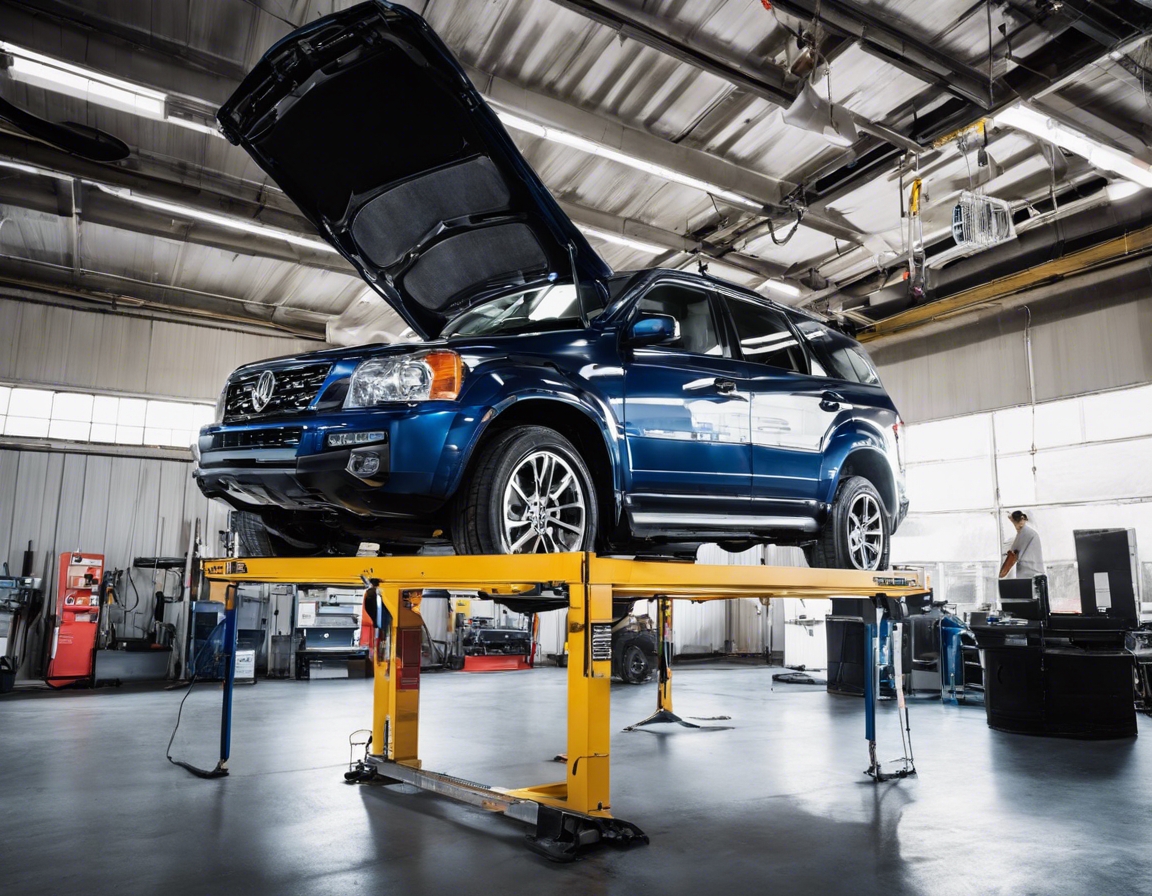5 signs your vehicle needs a roadworthiness test
Ensuring that your vehicle is safe and compliant with transportation regulations is not just a legal requirement but a moral imperative for the safety of all road users. A roadworthiness test is a systematic procedure to check the operational aspects of your vehicle, ensuring it is fit for the roads.
A roadworthiness test, often referred to as a vehicle inspection, is an examination to ensure that a vehicle meets the minimum safety and environmental standards set by regulatory bodies. This test assesses various components of your vehicle, from brakes and tires to emissions and lights.
Regular vehicle inspections are crucial for identifying potential issues before they become serious problems. They help maintain vehicle performance, ensure safety, and comply with legal standards, ultimately extending the lifespan of your vehicle.
Sign #1: Warning Lights on the Dashboard
One of the most immediate signs that your vehicle may need a roadworthiness test is the illumination of warning lights on the dashboard. These lights are designed to alert you to various issues with your vehicle's systems.
Modern vehicles are equipped with an array of sensors that monitor the health of the vehicle. When something goes wrong, these sensors trigger warning lights on the dashboard to inform the driver of potential issues.
Warning lights such as the check engine light, brake system warning light, or oil pressure light should not be ignored. Each light has a specific meaning and warrants immediate attention to prevent further damage or ensure safety on the road.
Sign #2: Unusual Noises or Vibrations
Unusual noises or vibrations during vehicle operation are clear indicators that something is amiss. These can range from a simple fix to an indication of a major issue that requires immediate attention.
Sounds such as grinding when braking, a knocking engine, or a whining transmission can signal serious problems. It's important to understand what different sounds may indicate and to seek a professional diagnosis.
If you're experiencing persistent or severe noises or vibrations, it's time to have your vehicle inspected by a professional to determine the cause and necessary repairs.
Sign #3: Braking Issues or Poor Handling
Effective braking and reliable handling are non-negotiable for road safety. Any compromise in these areas is a definitive sign that your vehicle needs to be tested for roadworthiness.
Signs such as a spongy brake pedal, reduced stopping power, or pulling to one side when braking are all indicators of potential braking system issues.
Similarly, if your vehicle is handling poorly, drifting during turns, or you're feeling every bump in the road, these could be signs of suspension problems that need to be addressed.
Sign #4: Emission Problems or Excessive Smoke
Emission problems are not only harmful to the environment but can also be indicative of underlying issues with your vehicle's engine or exhaust system.
Excessive smoke or a strong smell of fuel can point to emission problems. It's essential to ensure your vehicle is not releasing harmful pollutants into the atmosphere.
Visible smoke or soot buildup in the exhaust, as well as failing an emissions test, are clear signs that your vehicle requires a thorough inspection.
Sign #5: Tire Wear and Damage
The condition of your vehicle's tires is a direct indicator of its roadworthiness. Tires with uneven wear, bulges, or low tread depth can compromise the safety and performance of your vehicle.
Regularly checking your tires for signs of wear and damage can prevent accidents and improve vehicle handling.
Issues such as misalignment, balance problems, or damaged tires can affect your vehicle's roadworthiness and should prompt a professional inspection.






Comments (0)